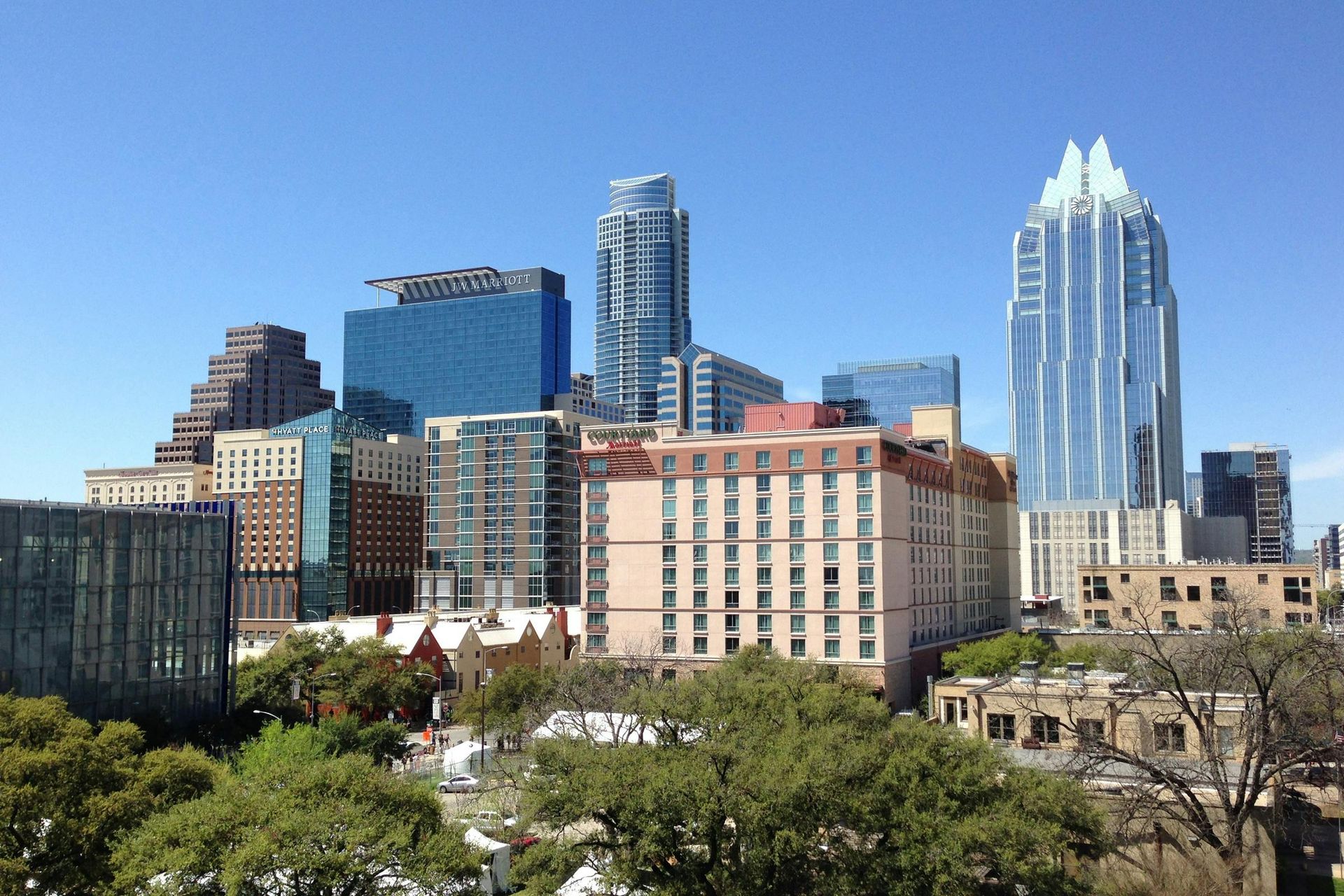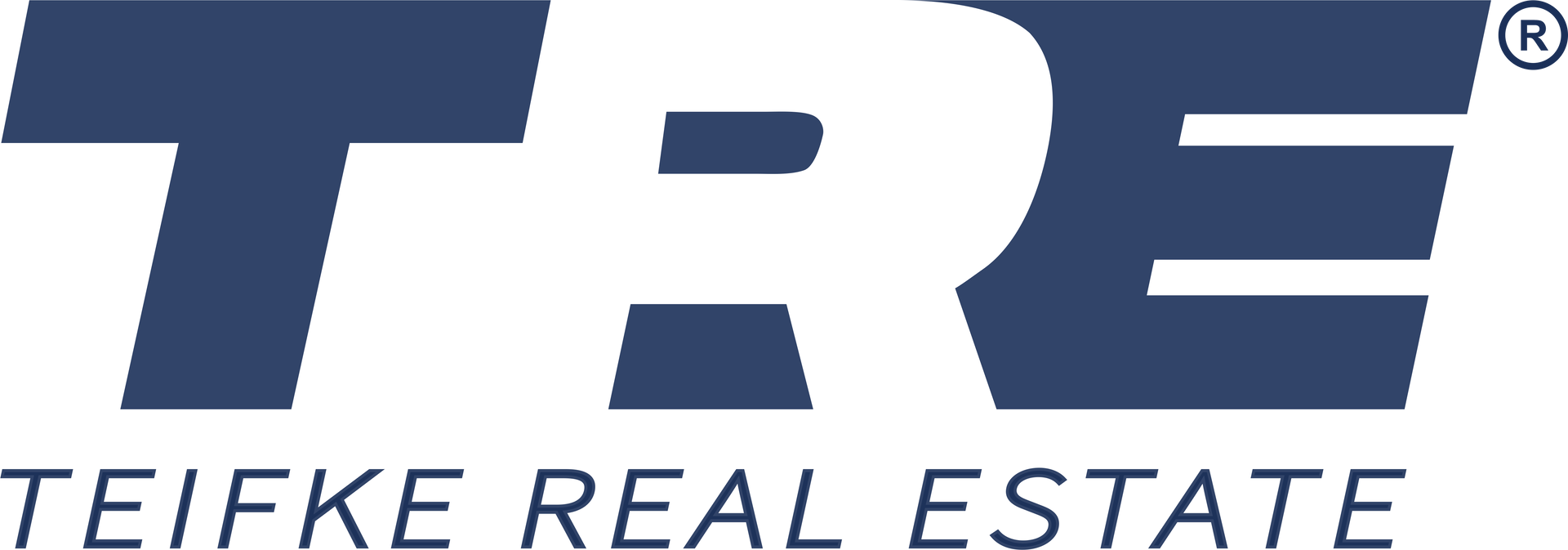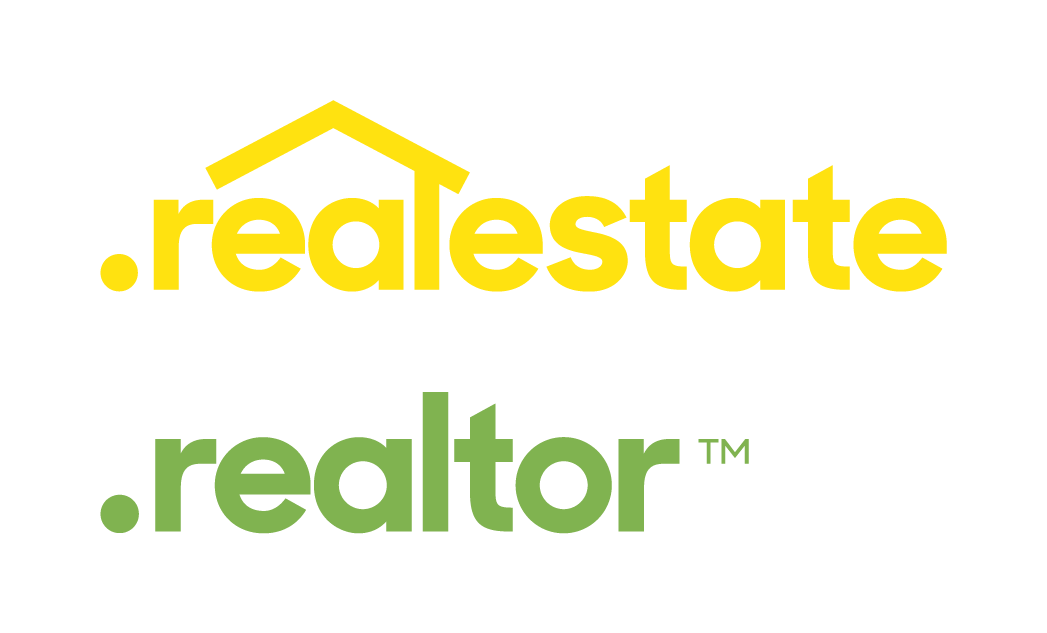Rent vs. Buy in Austin: What $2,000 and $3,000 Gets You in 2025
Austin Affordability - Rent vs Buy

The Austin real estate market has always moved to its own rhythm — innovative, fast-changing, and deeply tied to Central Texas’s economic heartbeat. In 2025, that rhythm is increasingly defined by one critical question for residents: Is it smarter to rent or buy right now?
With mortgage rates stabilizing and rental prices leveling off after years of volatility, many Austinites are reevaluating what makes the most financial sense for their families. Whether you’re budgeting $2,000 or $3,000 per month, understanding today’s dynamics — and what they mean for the future — is key to making a confident housing decision.
A Snapshot of the Austin Market
According to Unlock MLS’s October 2025 data, the median lease in the Austin–Round Rock MSA sits around $2,190, with little change from the previous year. However, total leasing activity is down over 50% year-over-year, reflecting slower renter demand and a shift toward ownership.
At the same time, sales activity has stabilized as buyers adapt to higher rates. While home prices remain elevated, they’ve flattened relative to pandemic-era surges, and more inventory has returned to the market — giving buyers leverage that’s been missing for years.
Meanwhile, the Federal Reserve’s latest discussion on interest rates hints at potential rate cuts by early 2026 if inflation continues to cool. For buyers, that suggests a window of opportunity: locking in now before rates fall could mean building equity sooner while avoiding another wave of competition once affordability improves.
What $2,000 Gets You in 2025
At a $2,000 monthly budget, renters are typically finding one- to two-bedroom apartments within Austin city limits — or a three-bedroom home in surrounding communities like Manor, Pflugerville, or Hutto.
However, for buyers, $2,000 translates into something more long-term. Assuming today’s mortgage rates hover around 6.75%, with 5% down, that same payment could support a home price around $330,000–$340,000 (including taxes and insurance).
That range opens access to growing suburban markets like:
- Manor – New construction single-family homes and townhomes averaging $325K–$375K, often with community amenities and builder incentives.
- Elgin or Taylor – Larger lots and quiet neighborhoods, perfect for first-time buyers.
- Hutto or East Pflugerville – Close to tech employers and shopping, still under Austin’s price premium.
In essence, $2,000 in rent buys space and flexibility; $2,000 in ownership builds equity and stability — a key distinction emphasized by
ABoR’s Buy vs. Rent Index, which found that homeownership outperformed renting nearly 75% of the time for first-time buyers over the long term.
What $3,000 Gets You in 2025
For renters, $3,000 per month opens the door to high-end options — luxury apartments downtown, newer suburban homes in Leander or Georgetown, or single-family rentals in Lakeway or Circle C Ranch.
But in terms of ownership, that same $3,000 could cover a $480,000–$500,000 home — enough to purchase a three- to four-bedroom home in most of the Austin metro. Communities like Falcon Pointe (Pflugerville), Whisper Valley (Manor), or Santa Rita Ranch (Liberty Hill) all fit comfortably in that range.
Beyond lifestyle upgrades, that purchase power means wealth-building potential. The ABoR Buy vs. Rent Indexshows that, over a 15-year horizon, move-up buyers (typically at this price point) see homeownership outperform renting and investing 100% of the time across Austin’s metro area.
Market Dynamics Driving the Decision
1. Rental Demand Is Softening
Unlock MLS reports that the number of active leases across the metro area has fallen by more than 50% year-over-year, with longer “days on market” (averaging 40+ days) for rentals. Landlords are beginning to adjust pricing to attract tenants, signaling a plateau in rent growth.
2. Home Prices Are Stabilizing
After nearly a decade of surging home prices, the Austin market is showing signs of balance. Price growth has slowed, allowing buyers to find opportunities with less competition. This equilibrium benefits both sides — buyers gain negotiating room, while sellers motivated by relocation or equity upgrades can still capture historically strong values.
3. The Federal Reserve Factor
Today’s Fed stance — maintaining rates near current levels but hinting at cuts in 2026 — suggests that buyers who enter the market now may gain an edge. Purchasing before rate reductions can allow refinancing later at lower rates, potentially saving thousands over time. Conversely, waiting until rates drop could reignite bidding wars, especially in desirable school districts and established neighborhoods.
4. Affordability Pressures Persist — but Equity Wins Long-Term
According to ABoR’s findings, the median homeowner’s wealth ($255,000) dwarfs that of the median renter ($6,000)**. Even amid affordability challenges, owning continues to offer long-term stability that renting simply can’t match.
Rising property taxes and maintenance costs are real considerations, but they’re offset by equity growth and appreciation. Over time, the “locked-in” nature of a fixed mortgage becomes a financial shield against inflationary rent increases.
Comparing Rent vs. Buy in 2025
Scenario
Rent ($2,000/month)Buy ($2,000/month)
Location OptionsCentral Austin 1–2 bed apartment, suburban 3 bed home| Manor, Elgin, Hutto – new or existing homes
Annual Cost$24,000 (no equity)|$24,000 mortgage contribution (building equity)
Long-Term Outlook (10 years)~3–4% average rent increase per year| 4–6% annual appreciation potential
Wealth Accumulation$0 in equity| $150K–$200K in potential home equity growth
FlexibilityHigh| Moderate
StabilitySubject to lease renewals| Fixed monthly payment, growing equity
Source: ABoR Buy vs. Rent Index & Unlock MLS Rental Data, 2025.
Should You Buy Now or Wait?
The data leans clearly toward buying now — particularly for first-time or move-up buyers. Historically, when rates begin to flatten and inventory rises, it signals a prime market for strategic purchases. The cost of waiting often shows up in two forms:
- Rising Home Prices once rate cuts bring more buyers back; and
- Lost Equity Growth during the period you remain a renter.
For sellers, this market remains advantageous too. With inventory levels still below long-term averages and rental activity slowing, motivated buyers are prioritizing well-priced, move-in-ready homes. Listing before the next rate movement positions sellers to capture today’s motivated buyer pool.
Expert Take: The 2026 Outlook
As we approach the end of 2025, Austin’s housing market is poised for a new cycle of opportunity heading into 2026. Economic indicators — including steady job creation, sustained population growth, and infrastructure expansion along the SH-130 and 290 corridors — continue to support long-term housing demand across Central Texas.
While mortgage rates remain higher than the record lows of the pandemic era, all signs point to gradual rate reductions beginning in early to mid-2026 as inflation cools and the Federal Reserve eases its stance. This shift could unlock additional affordability for buyers and stimulate renewed activity in the mid-priced market segment.
Home prices are expected to maintain modest appreciation of 3–5% annually, fueled by limited new housing supply and ongoing migration from higher-cost states. Buyers who purchase before significant rate cuts may benefit twice — by securing homes at more negotiable prices now and refinancing later into more favorable terms.
For sellers, 2026 may also represent a strong opportunity. As demand rises alongside lower borrowing costs, properly prepared and competitively priced listings will attract multiple offers once again — particularly in established, amenity-rich neighborhoods such as Falcon Pointe, Manor Commons, and East Pflugerville.
In summary, 2026 is shaping up to be a balanced but active market — one where strategic buyers and well-positioned sellers can both succeed by acting ahead of the next wave of market acceleration.
Call to Action
Whether you’re comparing neighborhoods, evaluating affordability, or ready to take the next step, understanding your options is the first move toward wealth through real estate.
📊 Request a new home search to explore what your budget can buy in the Austin area — from $2,000 starter homes to $3,000 move-up opportunities — and see why now might be the perfect time to own in Central Texas.





